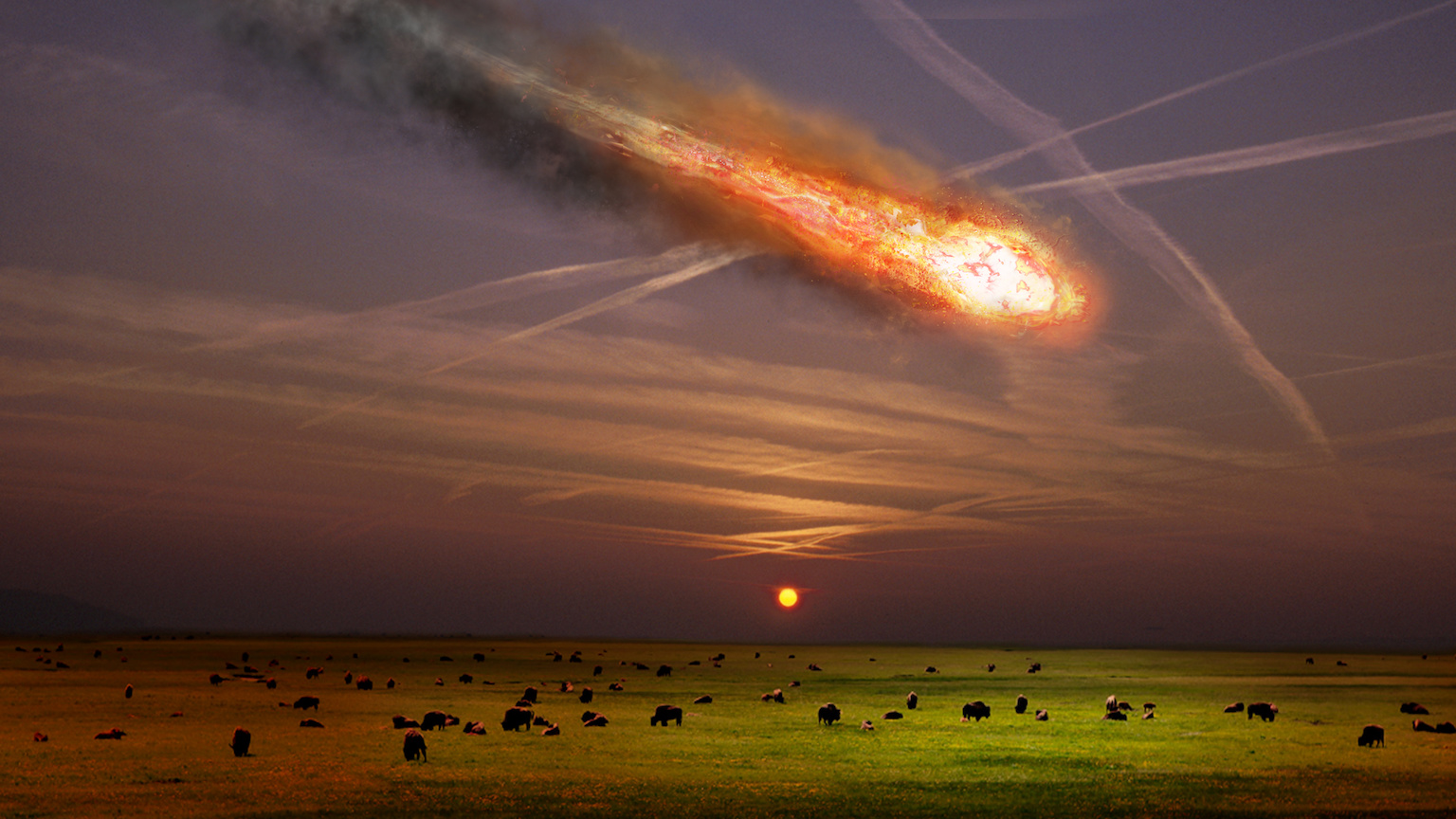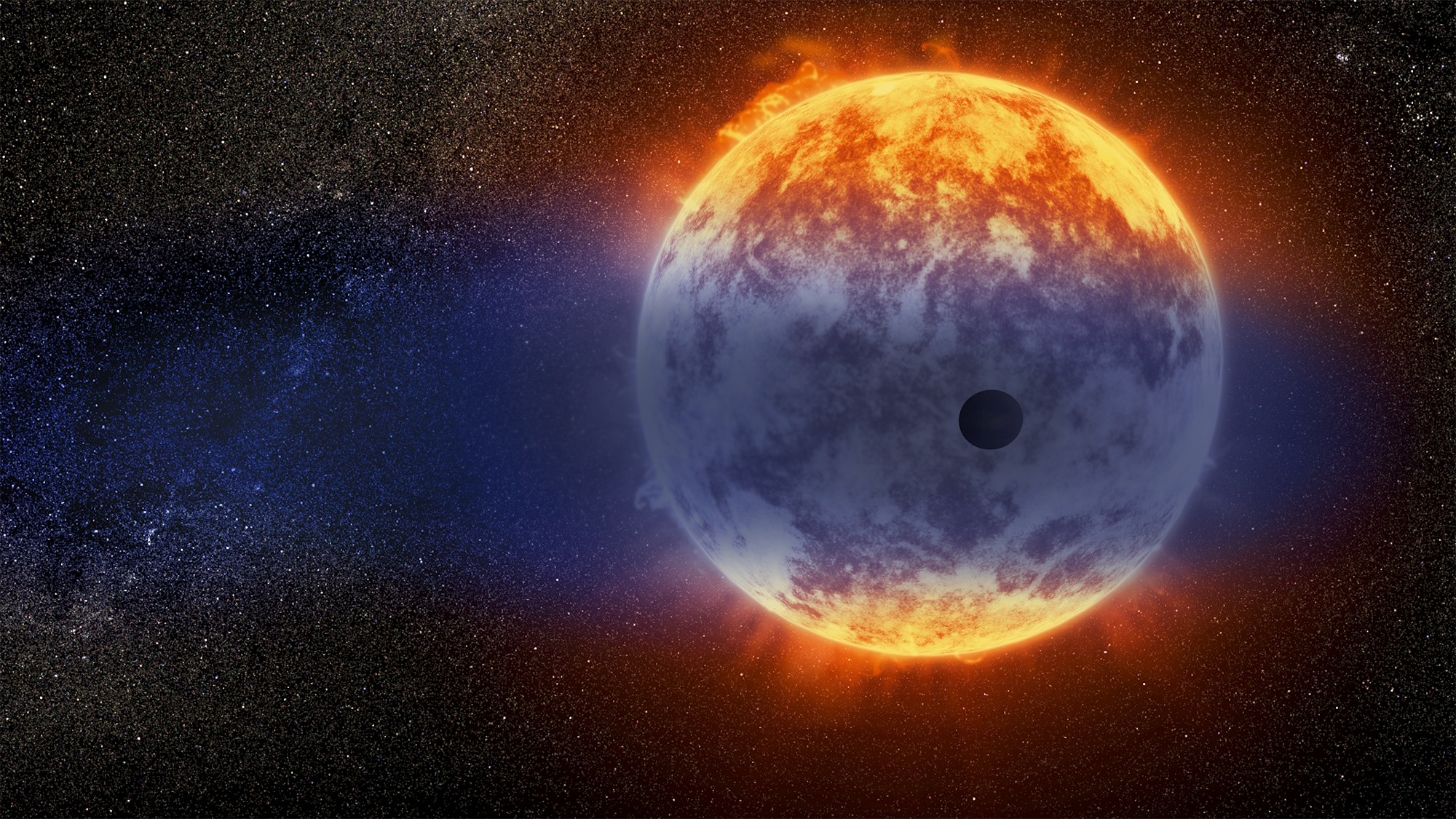Meteorite older than Earth likely came from a “protoplanet”

Credit: A. Irving / Public domain
- Erg Chech 002 is a meteor not like any other ever found.
- It’s older than the Earth, and its composition raises interesting possibilities.
- The meteor likely comes from an early baby planet in our solar system.
Scientists are discovering all sorts of amazing history told by the meteorites found scattered across the Earth’s surface. Now a team led by Jean-Alix Barrat, a geochemist from the University of Western Brittany in France, have announced in a study that one such rock is apparently incredibly ancient, predating the Earth altogether. They believe it comes from a long-gone protoplanet, a baby planet that never got the chance to grow up, so to speak.
Its name is EC 002, and it may provide new insights into the early days of our solar system.
The study is published in the journal Proceedings of the National Academy of Sciences.

A basaltic achondrite from AustraliaCredit: H. Raab/Wikimedia Commons
Erg Chech 002, or EC 002, was found in Adrar, Algeria last May in the nearly uninhabited Erg Chech region of the Sahara Desert. It was one of several chunks of meteorite discovered — together they weighed 32 kilograms (about 70 lbs). The Lunar and Planetary Institute describes EC 002 as being “relatively coarse grained, tan and beige appearance with sporadic larger green, yellow-green and less commonly yellow-brown crystals.”
A rough identification of EC002 classified it as an achondrite, which immediately differentiated it from most meteorites, which are chondritic.
- Chondrites are pre-planetary stony rocky formed billions of years ago from dust and mineral grains of the early solar system.
- Achondrites are rocks blasted off the face of planetary bodies, so they are newer. Their composition can provide clues to the formative processes of their sources since they they exhibit characteristics consistent with the period of internal melting that separates the core from the crust of a young planet. They’re also relatively uncommon. Of the tens of thousands of meteorites listed in the Meteroitical Bulletin Database, just 3,179 of them are achondrites.
Most of the meteorites found, about 95 percent, come from just two bodies out there in space, and about 75 percent may come from a single, large asteroid called 4 Vesta.
Here’s where we go from unusual to very unusual. Achondrites are usually basaltic, originating in a planetary body’s basaltic crust. EC 002 is not. It’s volcanic, a type of rock called andesite. The scientists have measured the radioactive isotopes of aluminum and magnesium it contains and concluded the minerals crystallized about 4.566 billion years back. Earth, by contrast, dates back only 4.54 billion years.
This chunk of cooled magma is a lonely survivor of that long-ago past. The authors write that “no asteroid shares the spectral features of EC 002, indicating that almost all of these bodies have disappeared, either because they went on to form the building blocks of larger bodies or planets or were simply destroyed.”
The andesite in EC 002 is interesting. On Earth, andesite’s sodium-rich-silicates are found in subduction zones where one tectonic plate sinks under another. (The basalt-like material in most chondrites forms when magnesium- and iron-rich lava cools.)
Still, EC 002 isn’t the first andesite meteor found, and a study of two of them (Graves Nunataks 06128 and 06129) discovered in Antarctica raises the possibility that they form from the melting of planetary bodies comprised of chondrites.
Some have theorized that if this is so, and since chondrites are so common, it could be that their melting into an andesite crust was a common occurrence during planetary formation. Indeed, Barratt’s study says, “It is reasonable to assume that many similar chondritic bodies accreted at the same time and were capped by the same type of primordial crust.”
It’s an interesting notion, albeit with two problems.
First, the light-reactive properties of EC 002 aren’t like anything else in the universe among the 10,000 objects in the Sloan Digital Sky Survey database.
Second, not that many andesite meteors have been found, making one wonder where they all might’ve gotten to. They might have gotten smashed up and broken apart. Or maybe they were subsumed in the formation of later planets. Like our Earth.





